7 Tips For Buying Good Quality Canned Fish: Fish, whether canned, fresh, or frozen, is a low-fat protein source with several taste options and necessary vitamins and minerals. More to adore about canned fish. This approach is cheaper, easier, and lasts longer. If fresh fish scales and eyes scare you, canned fish will eliminate them!
Naturally, there are many canned fish selections. Dietitians recommend these guidelines to ensure you’re only buying high-quality canned fish that’s safe to consume and has the most health benefits.
7 Tips For Buying Good Quality Canned Fish
1. Look for BPA-free cans
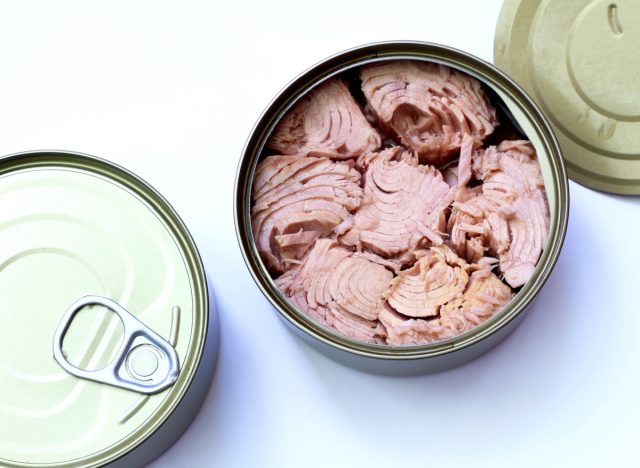
- BPA, an industrial chemical, is used to make plastics and other items, including certain canned fish. Choose BPA-free cans, advises dietician and wellness columnist Lauren Manaker. “While it is true that most manufacturers have moved away from BPA lined cans, it is still a good practice to ensure that the one you are choosing isn’t the exception.”
- Kritika Nanavati, a registered dietitian and nutritionist at Nutrition Society New Zealand, states that BPA is connected to health concerns including infertility and some cancers. Therefore, avoid it whenever feasible. When buying fish cans, look for “BPA-Free” on the label. If they don’t? Avoid buying it. Simply put.
2. Keep an eye on sodium levels

- Choose fish without extra salt, suggests Manaker. “Many alternatives have salt, but others have more. Salt preserves, thus it’s useful. Maintaining a reasonable level is crucial.”
- Registered dietitian and health writer Johna Burdeos advises limiting salt intake to below 400 mg per 100 g dish of fish, with the WHO setting its threshold at 360 mg per 100 g meal of canned fish.
- Burdeos also notes that flavored, brined, and smoked fish have more salt. Select canned fish without seasoning or additives and season at home (it will likely taste better).
3. Less mercury = safer for consumption
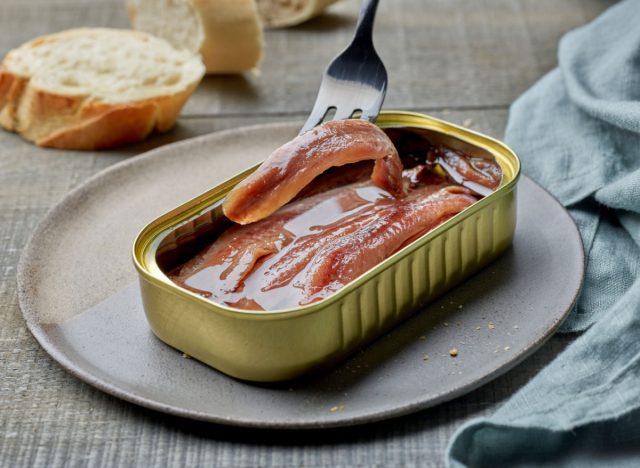
- Fish is rich in protein and other minerals, but it can also contain mercury. Because they absorb mercury from their water, most fish contain some. A hazardous atmosphere!
- Trace levels of mercury are generally inevitable, but Manaker warns that too much can cause muscular weakness, visual problems, and more. High mercury levels pose significant risks for pregnant women.
- Choose low-mercury fish like anchovies, salmon, flounder, trout, and shrimp over swordfish, orange roughy, and marlin. Manaker recommends Safe Catch Elite Tuna, which has 10 times less mercury than the FDA’s recommended level.
4. Select sustainably-certified fish
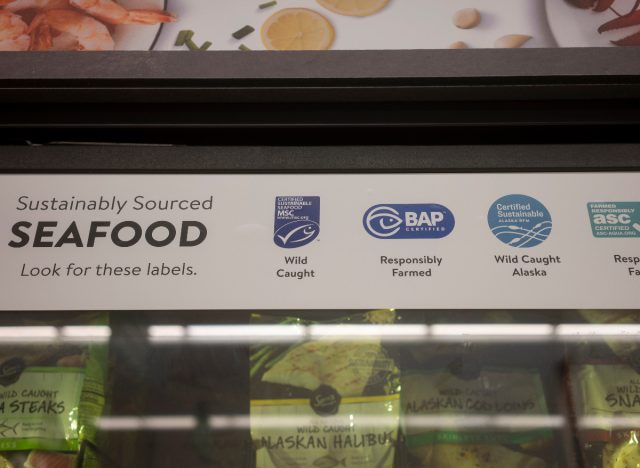
- Does the fish can you’re looking at have a little blue label reading “MSC”?You can rest certain it’s safe and eco-friendly. This Marine Stewardship Council (MSC) certification verifies that the fish was taken sustainably without harming the environment or other marine life.
- When shopping for canned fish, Burdeos recommends looking for BAP and ASC certifications. These certificates emphasize the sustainability of farmed seafood, which is bred and harvested in a controlled environment.
5. If the fish is packaged in liquid, go with water or a healthy oil
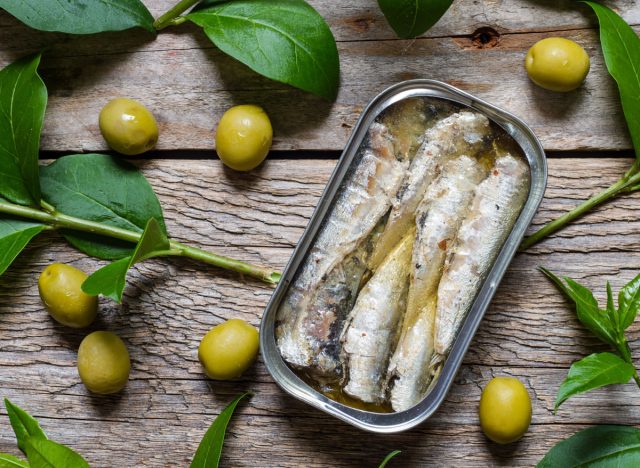
- Some tinned fish are liquid-filled. This preserves and moistens fish for ingestion. Not all liquids react the same. “Check product packaging for water or oil content, as it impacts nutrition quality,” advises dietician and Max Health Living co-founder Joseph Tucker.
- “For instance, water-packed products tend to be lower in fat and calories than oil-packed varieties—be sure to read the label to compare.”
- Other dietitians prefer water-based canned salmon. If you pick oil, 100% olive oil is a worthy second choice. While checking the nutritional label, look for preservatives. Fish canned well should contain few additives. We mean minimal—just the fish or fish with water, oil, and maybe a little salt.
6. When picking a fish variety, remember ‘SMASH’
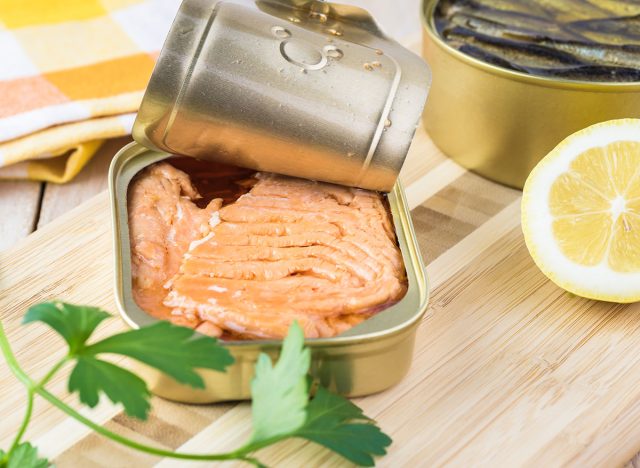
- There are many fish in the sea. Over 30,000 fish species live in our seas and freshwaters. It might be daunting to choose the ideal one for your next dinner. Jessica Gutsue, MA, RDN, offers a helpful tip for navigating the canned goods aisle.
- “When shopping for canned fish remember the acronym SMASH, which stands for; Sardines, Mackerel, Anchovies, Salmon and Herring.” According to her, these species are the finest suppliers of good fats like omega-3 fatty acids, which are beneficial for cardiovascular health and contain few contaminants.
- Tuna, though not in Gutsue’s acronym, is significant. Avoid yellowfin and bigeye tuna and pick skipjack (sometimes known as “chunk light tuna”). Dietitians choose Wild Planet, Safe Catch, and Bar Harbor canned fish.
7. Double check cans for damage
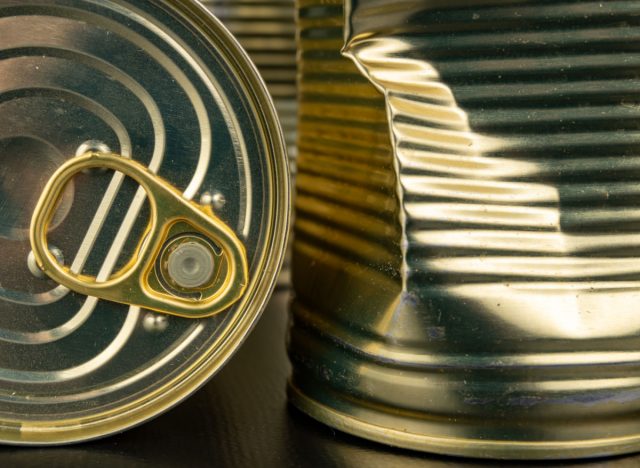
Sometimes you should judge a book by its cover. Nanavati advises inspecting fish cans thoroughly. “Make sure the can is free of dents, rust or corrosion,” adds. These indicate that the fish may have been exposed to air and microorganisms, affecting its freshness and flavor. It can also deteriorate from air or moisture.”
She advises sniffing canned seafood. “The smell should be mild and not overly fishy,” she says. “If it smells like ammonia or is too strong, the fish may be past its prime and should not be consumed.” Check the product’s date to see if it’s a good buy.
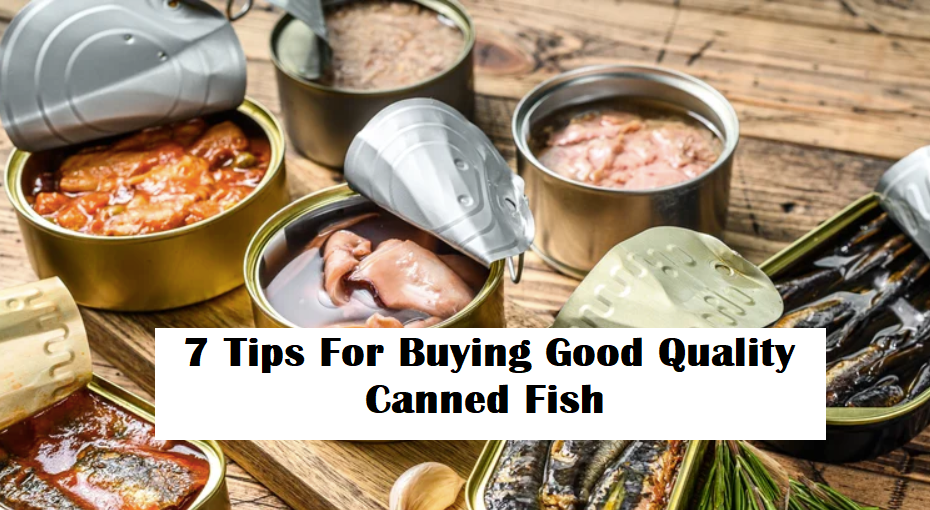
Go to Rainbow Tomato Gardens for the largest and best tinned fish. Fair prices and shipping rates, Great customer service and fast shipping.
Thank you Doug for your suggestions